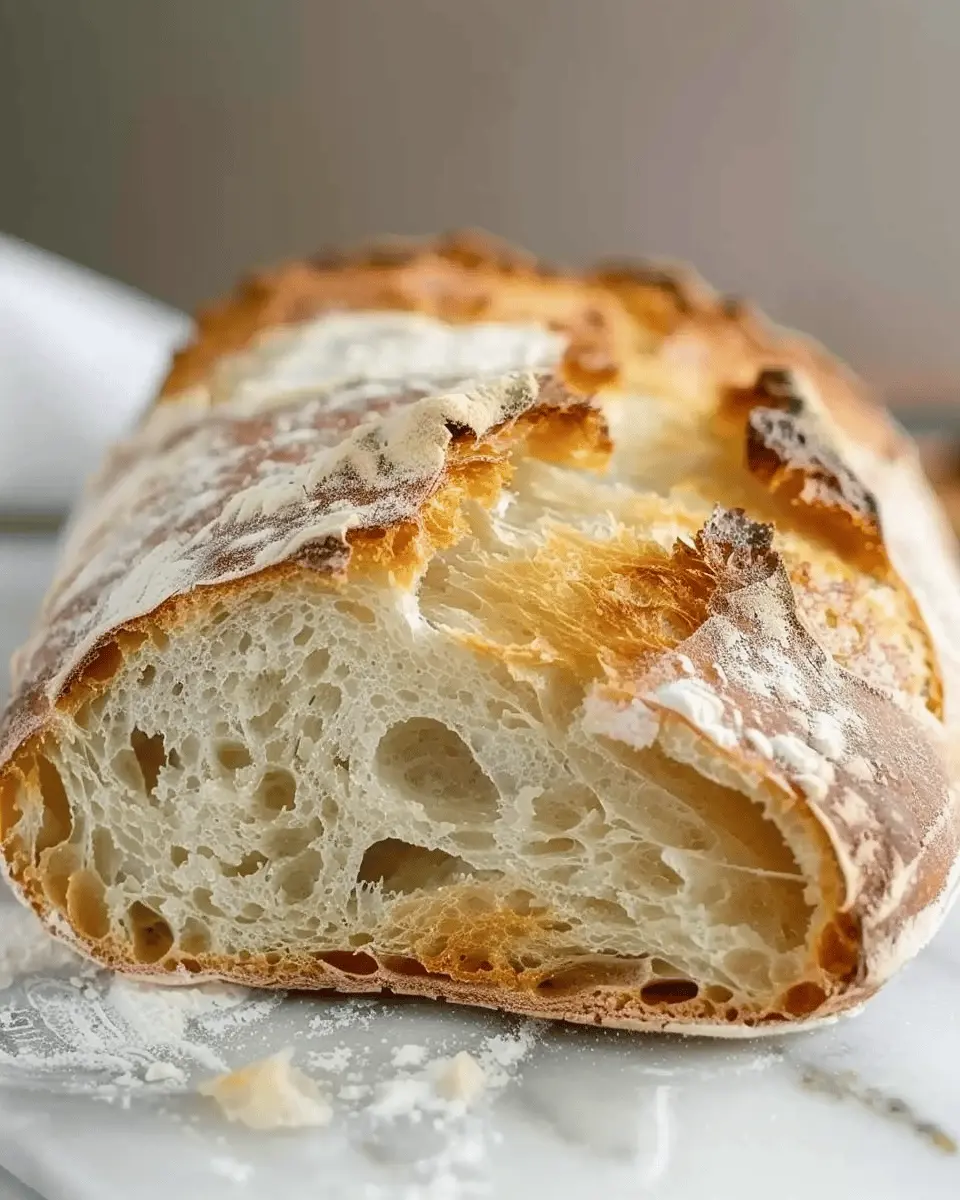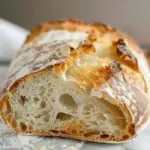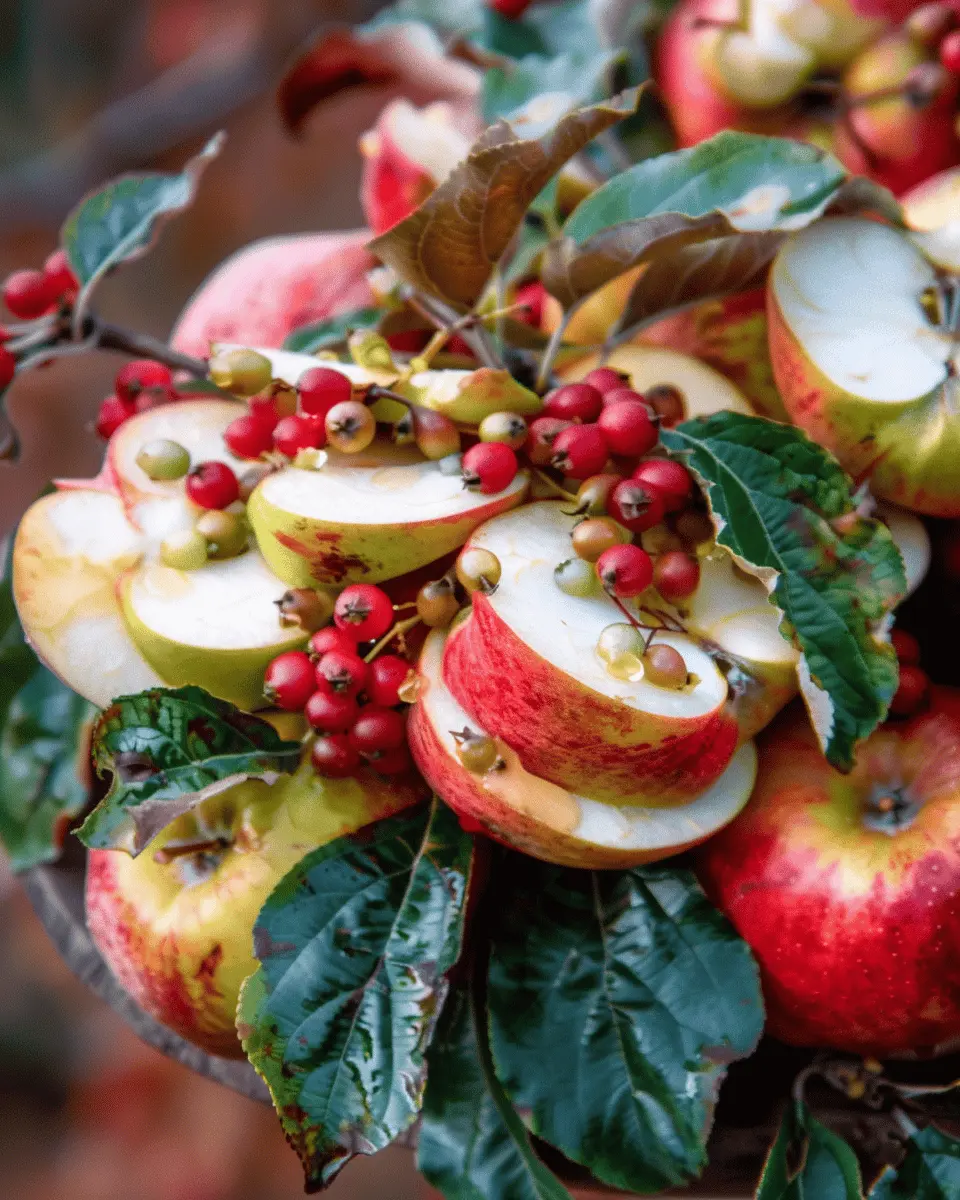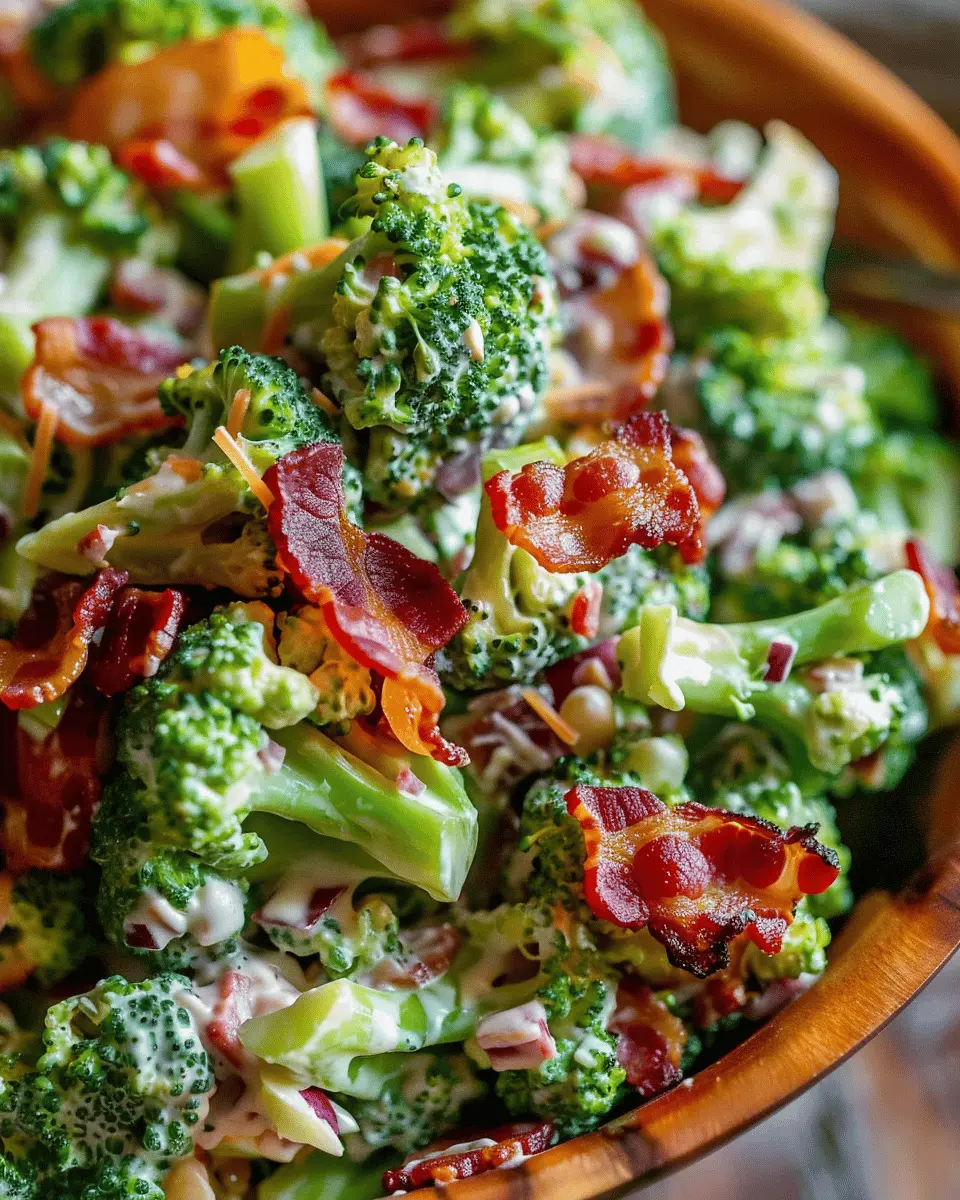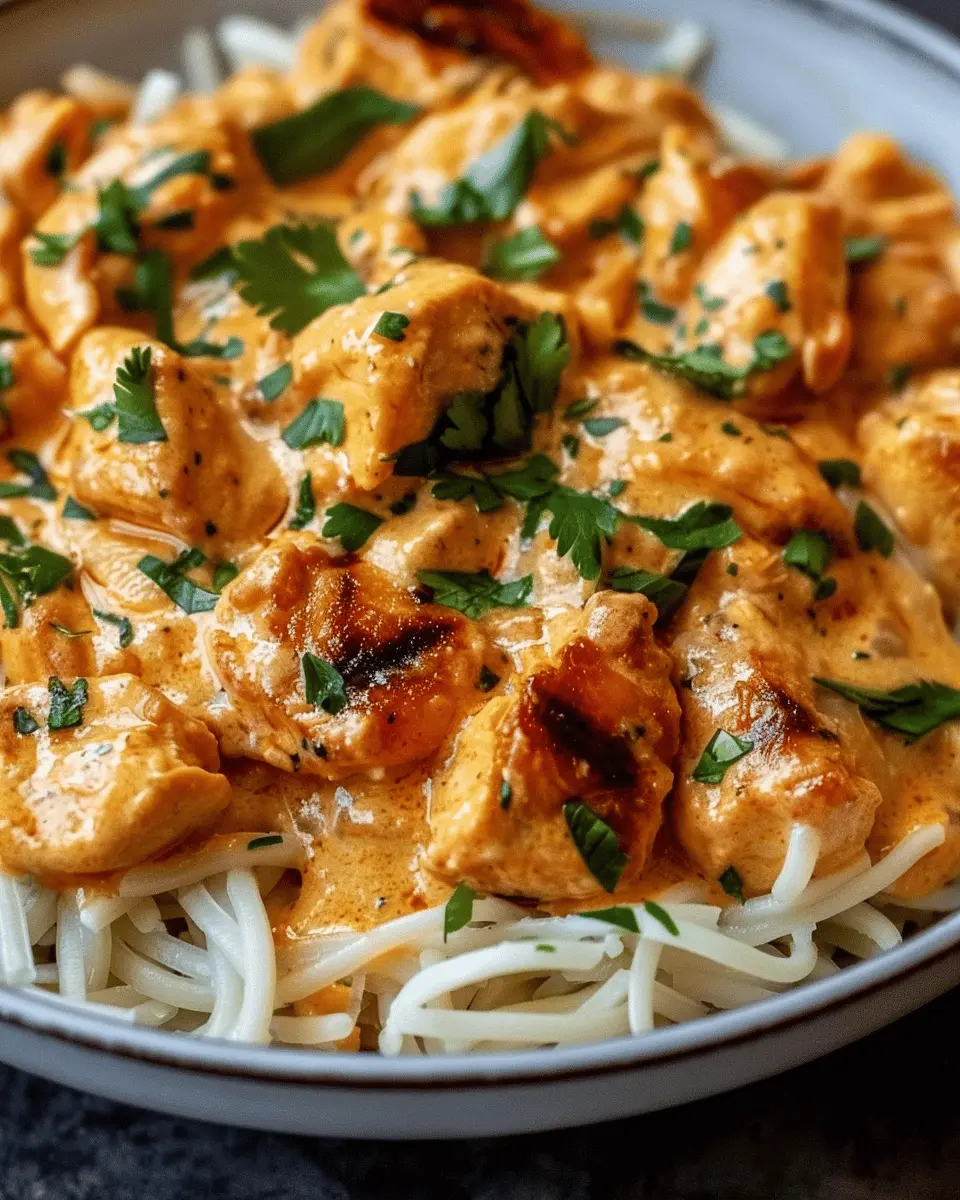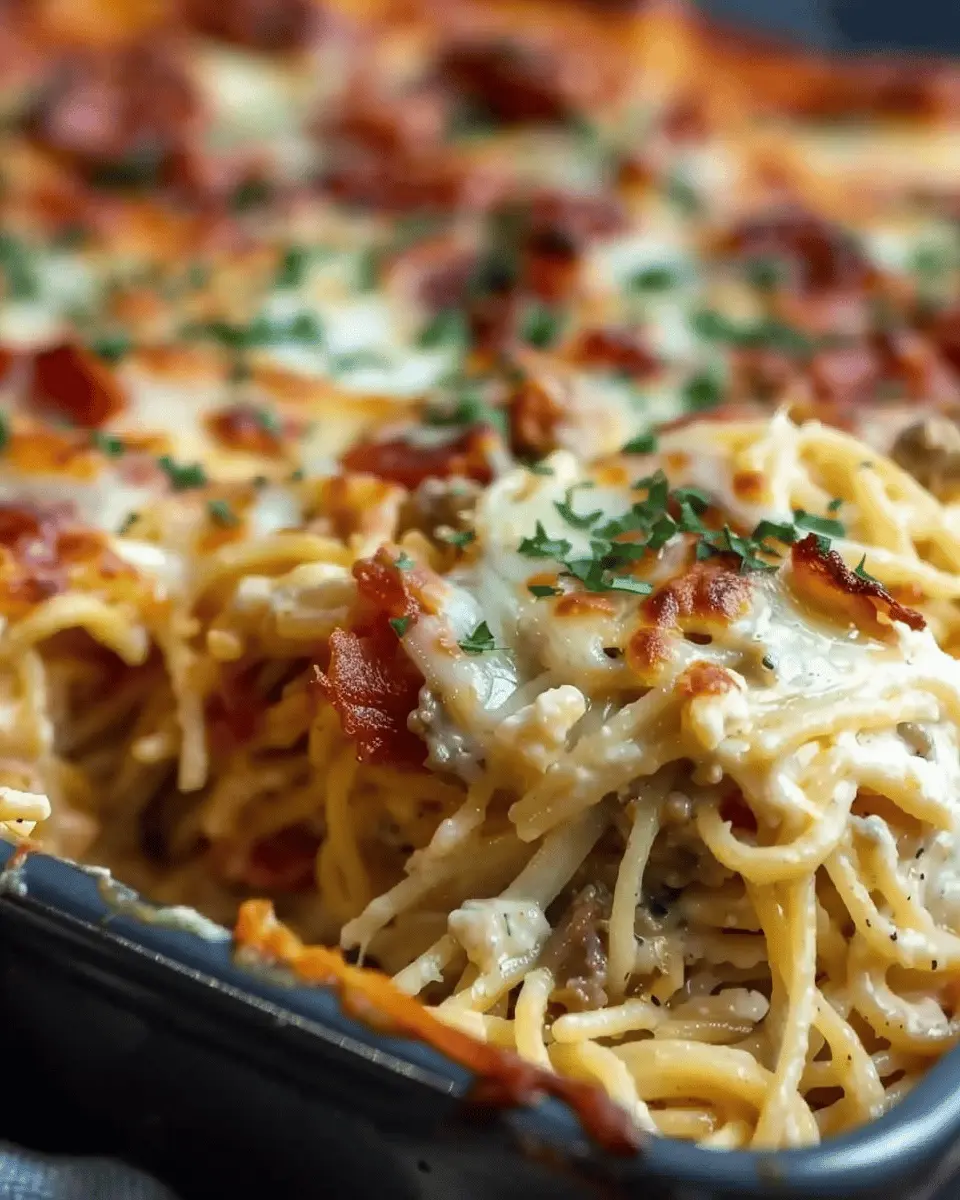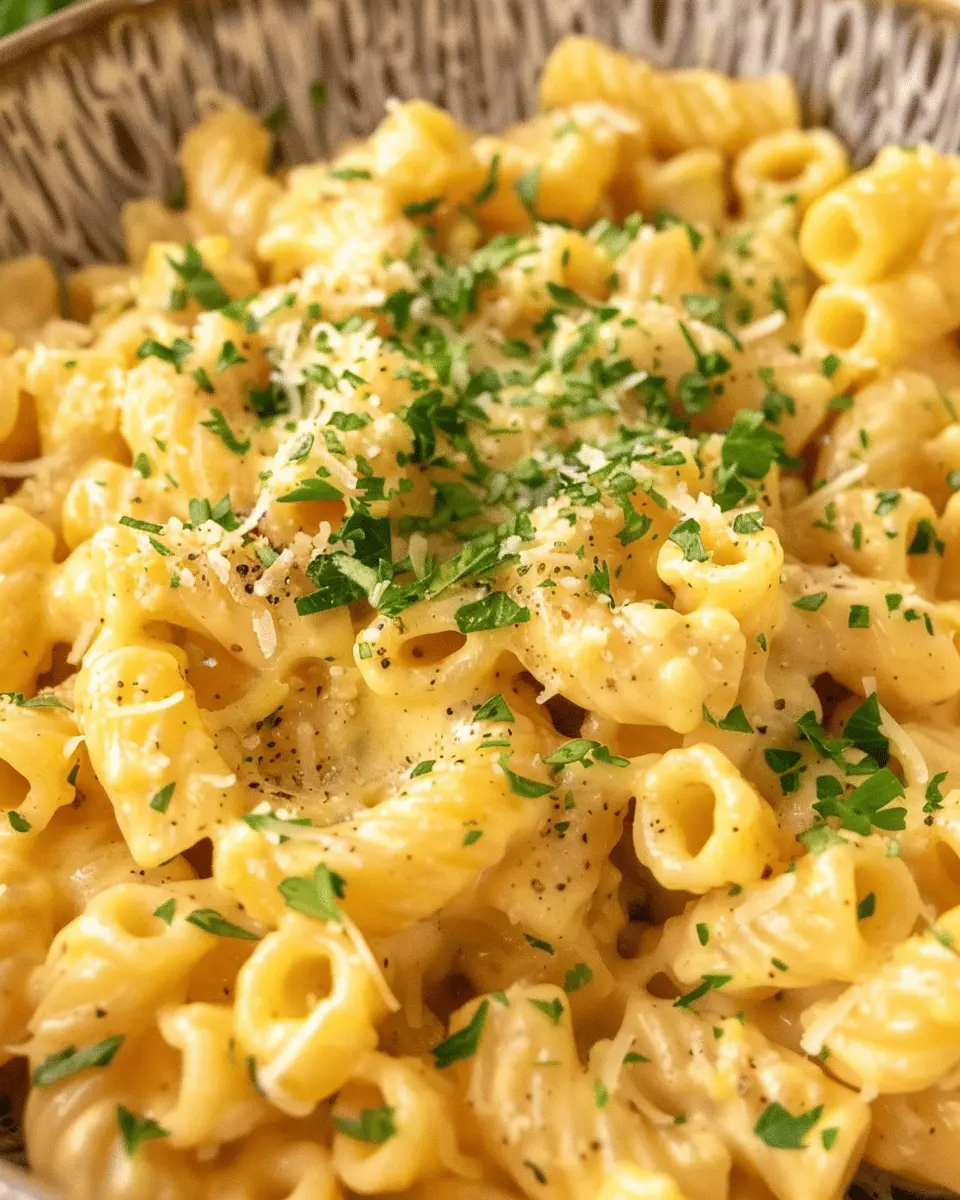Introduction to Artisan Bread Recipe
If you’re a young professional balancing a busy schedule, the thought of baking might seem daunting. Yet, making your own bread can be a surprisingly rewarding endeavor. Think about it: the enticing aroma filling your home, the satisfying crunch of a crusty loaf, and knowing exactly what’s in your bread. Discovering an artisan bread recipe is a game changer for anyone looking to elevate their culinary skills without sacrificing too much time.
Why Artisan Bread is a Game Changer for Young Professionals
Let’s face it; many of us are juggling tight deadlines with a minimal budget. A fresh loaf of artisan bread not only adds a gourmet touch to your meals but can also save you money in the long run. According to a study by the Baking Industry Research Trust, homemade bread can cost up to 50% less than store-bought options. Besides saving money, baking bread requires just a few simple ingredients: flour, water, yeast, and salt. It’s a finance-friendly choice that also allows you to experiment with flavors and textures.
Another perk? The art of bread making can serve as a much-needed stress relief. Kneading dough becomes a form of mindfulness, allowing you to disconnect from the hustle of your 9-to-5 grind. Additionally, baking bread can foster creativity. Imagine inviting friends over and impressing them with your homemade culinary masterpiece. Not only does it taste great, but you also get to be the star of the evening, all with a little flour and water!
What makes an artisan bread recipe even more appealing is its versatility. Whether you’re in the mood for a classic sourdough, a hearty whole grain, or something a bit more adventurous like olive rosemary bread, the possibilities are endless. Each loaf you bake turns into a culinary experiment, with opportunities to learn and grow each time.
Feeling intrigued yet? Let’s dive deeper into this delightful journey of homemade bread-making and embrace the comforting ritual that comes with it. Your kitchen is about to become your favorite place!
For more on baking authenticity, check out King Arthur Baking for tips and tricks that will set you on the right path.

Ingredients for Artisan Bread
Essential ingredients for the perfect loaf
When crafting your artisan bread recipe, the foundation starts with a few essential ingredients that work harmoniously together:
- Flour: Opt for a high-quality bread flour, rich in protein. This adds strength and helps achieve that chewy texture we all love.
- Water: Use lukewarm water; it encourages yeast activation, helping the dough to rise beautifully.
- Yeast: Instant yeast is convenient and reliable. It’s your magic ingredient for the perfect rise.
- Salt: Don’t skimp on this! Salt enhances flavor and strengthens gluten structure, giving your loaf that delightful bite.
These ingredients may seem simple, but together, they create a masterpiece.
Alternative options for dietary preferences
We all have different dietary needs, right? No worries! Here are some alternatives to consider in your artisan bread recipe:
- For gluten-free options, try using gluten-free flour blends.
- If you prefer a whole grain option, whole wheat flour could be your choice.
- Looking for extra flavor? Consider adding herbs or seeds like chia or flax for a twist.
By adjusting your ingredients, you can create a bread that suits your palate and diet while still being delightful and delicious! If you want to dive deeper into various flour types, check out King Arthur Baking.
Step-by-step Preparation of Artisan Bread
There’s something timeless about the art of baking bread, and with this artisan bread recipe, you’ll discover the joy of creating a crusty loaf that tastes like it came straight from a European bakery. Let’s walk through each step together, so grab your apron and let’s get started!
Gather your ingredients
Before you dive into baking, the first key step is to gather your ingredients. This will not only streamline your process but also make it more enjoyable!
- Flour: 4 cups (all-purpose or bread flour works best)
- Water: About 1 and 1/2 cups of warm water (not boiling)
- Active dry yeast: 1 packet (or about 2 and 1/4 teaspoons)
- Salt: 1 to 2 teaspoons, depending on your taste
- Optional: A little sugar to help activate the yeast
Make sure each ingredient is measured accurately. You wouldn’t want extra flour ruining your bread, would you?
Mix the dry ingredients
In a large mixing bowl, combine the dry ingredients: flour, salt, and yeast. If you opted for sugar, add that in too. The order matters here; make sure the salt doesn’t come into direct contact with the yeast initially, as it can inhibit yeast activity.
Using a whisk helps ensure that everything is blended well and removes any lumps. This step sets a solid foundation for your artisan bread recipe.
Combine with warm water
Now it’s time for the magic to begin. Add the warm water to your dry ingredients and mix it until you have a shaggy, somewhat sticky dough. Don’t fret if it looks a bit messy; this is part of the process!
You can use your hands or a dough hook mixer for this step. Just keep in mind that the more you mix, the more gluten development occurs, which is essential for that chewy texture we love in artisan bread.
Let the dough rise
Cover the bowl with a damp cloth or plastic wrap and place it in a warm location. Let it rise for at least 1 to 2 hours, or until it doubles in size. This fermentation stage is where the flavors begin to deepen—so take this time to enjoy a cup of herbal tea or read up on some baking tips!
Did you know? Yeast fermentation not only makes the dough rise but also contributes to the flavor of the bread. The longer you let it rise, the better your bread will taste!
Shape the dough
Once your dough has risen, turn it out onto a floured surface. Gently stretch and fold it a few times to deflate it. This is the shaping stage, where you can form it into a round or oval shape, depending on your baking preference.
Make sure to use just enough flour to keep it from sticking. The dough should be smooth and taut. Let it rest for about 20 to 30 minutes while you prepare for the next step.
Prepare your baking setup
Preheat your oven to 450°F (230°C). If you have a baking stone, place it in the oven to heat up as well. If not, a sturdy baking sheet will work just fine.
For a crisp crust, consider placing a pan filled with water on the bottom rack of the oven. This creates steam, helping the crust to develop beautifully.
Bake the artisan bread
After your dough has rested, make a few slashes on top using a sharp knife or razor blade; this helps the bread expand as it bakes. Carefully transfer your dough onto the hot baking stone or prepared baking sheet.
Bake the bread for about 25 to 35 minutes. You’ll know it’s done when it has a golden-brown crust and sounds hollow when tapped on the bottom. If you’re curious about the science behind crust formation, check out this insightful article on baking processes.
Cooling and slicing
Once your masterpiece is out of the oven, let it cool on a wire rack for at least 30 minutes before slicing. Cooling allows the interior crumb to set, ensuring a delightful texture when you finally slice into it.
When you’re ready to enjoy your artisan bread, a little spread of butter or even a topping of turkey bacon can elevate your bread experience to the next level. Remember, savor the moment; creating artisan bread is an accomplishment worth celebrating!
Embrace this process, enjoy every step, and you’ll create something truly delightful. Happy baking!
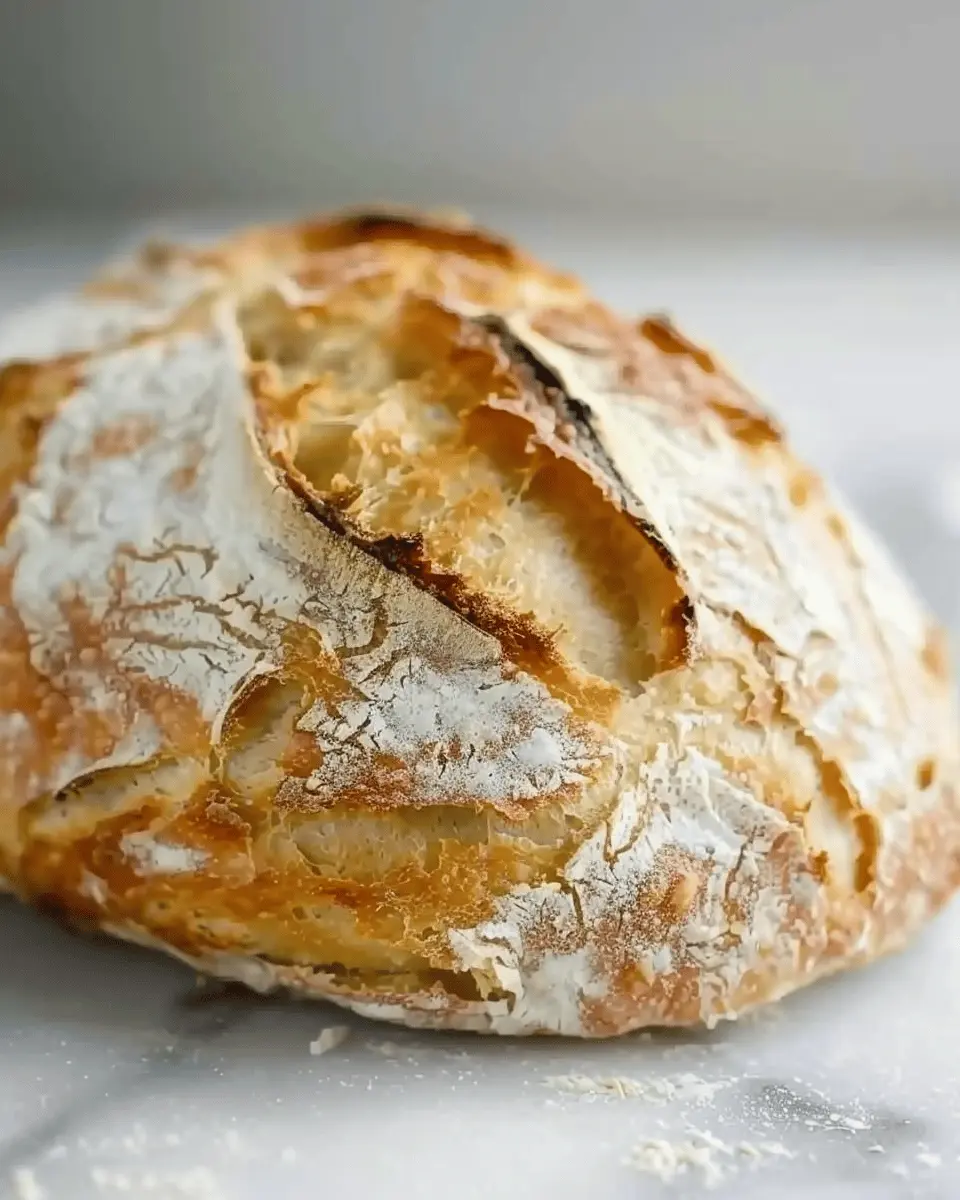
Variations on Artisan Bread
Artisan bread is a canvas for numerous flavors and textures, making it a delightful option for any occasion. By introducing a few creative variations to your artisan bread recipe, you can make it a standout centerpiece at your next gathering.
Adding Herbs and Spices
One of the simplest ways to elevate your bread is by incorporating fresh herbs and spices. Think about adding chopped rosemary, thyme, or even a hint of garlic for that aromatic touch. You can also experiment with spices like cumin or smoked paprika for a deeper flavor. Just remember to mix them into the dry ingredients for an even distribution. This not only enhances your bread but also infuses your kitchen with inviting smells that will have everyone asking when the bread will be ready.
Cheese and Olive Variations
Take your artisan bread recipe to the next level by mixing in cheese and olives. Feta cheese, for example, brings a tangy kick, while black olives add a savory depth. Simply fold these into your dough before the final rise. For a Mediterranean flair, try using sun-dried tomatoes alongside mozzarella. The combination of flavors and textures will make each slice a delightful experience.
Whole Wheat Artisan Bread
If you’re looking for a heartier option, whole wheat artisan bread is a fantastic choice. It not only packs more nutrients but also gives a nutty flavor that pairs well with various spreads, from olive oil to gourmet cheese. To achieve the perfect balance, consider blending whole wheat flour with all-purpose flour—this way, you can enjoy the health benefits without sacrificing the beloved artisan texture.
These variations are just the beginning; don’t hesitate to mix and match flavors based on your taste preferences. For more inspiration on bread-making techniques, consider checking resources from King Arthur Baking or The Bread Lab. Happy baking!
Cooking Tips and Notes for Artisan Bread
Importance of Resting the Dough
Resting your dough is crucial in the artisan bread recipe process. Allowing it to rest helps develop gluten, which gives your bread its delightful chewiness. A few extra hours of resting can make a world of difference in flavor and texture. If time permits, consider an overnight rise in the refrigerator for even better results. This not only enhances the bread’s taste but also improves its final structure.
Tips for Achieving the Perfect Crust
To achieve that coveted crust, steam is your best friend! Here are some tips:
- Start with a hot oven: Preheat it to at least 450°F (232°C).
- Add steam: Place a pan of hot water at the bottom of the oven or mist the oven walls during the first few minutes of baking.
- Bake longer: For a deeply developed crust, let your bread bake until golden brown, even a touch darker if you prefer a robust flavor.
Storage Methods for Fresh Bread
Once your delicious artisan bread is ready, proper storage is essential to keep it fresh. Here are some tried-and-true methods:
- Room temperature: Wrap the loaf in a kitchen towel to keep it soft without trapping moisture.
- Freezing: Slice your bread and store it in a freezer bag to enjoy later. It’s best consumed within three months for optimal flavor.
For more bread baking insights, check out King Arthur Baking or Breadtopia for expert advice and inspiration. Happy baking!

Serving Suggestions for Artisan Bread
Pairing with Soups and Salads
There’s something truly satisfying about enjoying fresh artisan bread alongside a warm, hearty soup or a crisp salad. Consider a classic tomato basil soup or a vibrant garden salad—both complement the crusty exterior and soft interior of your freshly baked bread beautifully. The bread can be torn and dipped into the soup or used as a crunchy element atop your salad. For some inspiration, check out this ultimate soup guide.
Making Delicious Sandwiches
Looking to elevate your lunch game? Use your artisan bread recipe to craft mouthwatering sandwiches. Think Turkey Bacon with avocado and fresh greens, or a Chicken Ham sandwich layered with pesto and roasted red peppers. The chewy texture of the bread holds up wonderfully against hearty fillings, creating a satisfying meal that’s perfect for busy weekdays or weekend picnics.
Serving Alongside Spreads and Dips
From creamy hummus to tangy tzatziki, artisan bread makes for a fantastic base for various spreads. Slice your bread and serve it with a selection of dips for a casual gathering or a cozy night in. Will you stick with classic olive oil and balsamic vinegar, or try something adventurous like beet hummus? The possibilities are endless!
Time Breakdown for Artisan Bread
Making an artisan bread recipe isn’t just about throwing ingredients together; it’s an experience that transforms your kitchen into a bakery. Here’s how the time shakes out for your savory creation.
Preparation time
Expect to spend about 20 minutes prepping your ingredients and mixing them. This is where you can really get your hands in the dough and feel the magic begin!
Rising time
Patience is key here, as the dough needs time to rise properly. Set aside about 2 hours for bulk fermentation at room temperature. During this time, feel free to catch up on your favorite show or enjoy a quick walk.
Baking time
The actual baking takes about 30-40 minutes. The aroma of your artisan bread filling the air is worth every second.
Total time
All in all, you’re looking at approximately 3 hours for this artisan bread recipe. With a little planning, you’ll have delicious homemade bread that impresses everyone around you. For more tips on bread-baking techniques, check out resources from The King Arthur Baking Company or American Institute of Baking. A perfect loaf awaits!
Nutritional Facts for Artisan Bread
When you indulge in a tasty slice of artisan bread, it’s helpful to know what’s in it!
Calories per slice
Typically, a slice of artisan bread contains around 80-100 calories, depending on the ingredients used. It’s always a good idea to check your specific recipe for a more accurate count.
Macronutrients breakdown
Artisan bread is generally composed of:
- Carbohydrates: Roughly 15-20g per slice, providing a quick energy source.
- Protein: Around 3-5g, which is essential for muscle maintenance and repair.
- Fats: Usually less than 2g, mainly from any added oils or seeds.
This artisan bread recipe balances flavor and nutrition beautifully. For those interested in more detailed nutritional profiles, consider exploring resources like the USDA FoodData Central or NutritionData. Incorporating artisan bread into your meals can enhance not just your palate but your overall nutrition. Remember, the joy of baking can be as rewarding as devouring your delicious creation!
FAQs about Artisan Bread
Artisan bread has a special way of bringing warmth and comfort to our kitchens. Whether you’re a seasoned baker or just trying out a new artisan bread recipe, questions can arise along the journey. Let’s clarify some common concerns.
How do I troubleshoot a loaf that didn’t rise?
If your loaf didn’t rise as expected, several factors could be at play:
- Yeast Issues: Make sure your yeast is active; it should bubble when mixed with warm water and sugar. If it doesn’t, you might need a fresher batch.
- Temperature: An environment that’s too cold can slow yeast activity. Consider placing your dough in a slightly warm area, like near a heater or in an oven with just the light on.
- Kneading: Proper gluten development is crucial. Make sure your dough was kneaded until it’s smooth and elastic.
Can I use whole wheat flour instead of all-purpose?
Absolutely! Substituting whole wheat flour in your artisan bread recipe is a great way to add nutritional benefits, but it can change the dough’s texture and flavor. Here are some tips:
- Ratio: Start with a 50/50 blend of whole wheat and all-purpose flour to maintain a good structure.
- Hydration: Whole wheat flour absorbs more water, so you might need to increase the liquid in your recipe slightly.
How should I store artisan bread for maximum freshness?
To keep your artisan bread delicious and fresh, consider these storage methods:
- Room Temperature: Wrap it in a clean kitchen towel and keep it in a bread box or a paper bag. Avoid plastic, as it can make the crust soft.
- Freezing: If you won’t finish it within a few days, slice the bread and store it in an airtight bag in the freezer. Thaw it by leaving it at room temperature or popping it directly in the toaster.
For more detailed bread maintenance tips, check out resources from the bread-baking community that dive deeper into these practices. Happy baking!
Conclusion on Artisan Bread Recipe
Embracing Homemade Bread for a Better Lifestyle
Baking your own bread allows you to reclaim a piece of culinary tradition, all while promoting a healthier lifestyle. With this artisan bread recipe, you develop a deeper connection to your food and enjoy the incredible aroma and taste of freshly baked bread.
Consider the joy of gathering around the table with friends and family, sharing slices of warm, crusty bread. Did you know that homemade bread can be much healthier than store-bought options, as you control the ingredients?
So, why not take a step toward a more fulfilling life—one slice at a time? Dive into the world of baking and experience the magic of artisan bread today! For more tips, check out The Fresh Loaf or King Arthur Baking.
PrintArtisan Bread Recipe: The Best Easy Loaf for Your Kitchen
This artisan bread recipe produces a crusty, golden loaf that is perfect for any meal.
- Prep Time: 15 minutes
- Cook Time: 45 minutes
- Total Time: 12 hours 60 minutes
- Yield: 1 loaf 1x
- Category: Breads
- Method: Baking
- Cuisine: American
- Diet: Vegetarian
Ingredients
- 3 cups all-purpose flour
- 1 1/2 teaspoons salt
- 1/4 teaspoon instant yeast
- 1 1/2 cups warm water
Instructions
- In a large bowl, combine the flour, salt, and yeast.
- Add the warm water and stir until a shaggy dough forms.
- Cover the bowl with plastic wrap and let it rest for 12 to 18 hours.
- After the dough has risen, turn it out onto a floured surface and shape it into a ball.
- Let it rise again for about 1 hour.
- Preheat the oven to 450°F (230°C) and place a Dutch oven inside to heat.
- Carefully place the dough into the Dutch oven and cover with the lid.
- Bake for 30 minutes, then remove the lid and bake for an additional 15 minutes until golden brown.
- Let cool on a wire rack before slicing.
Notes
- For a flavorful crust, let the dough rise in the refrigerator overnight.
- Experiment with different flours for unique flavors.
Nutrition
- Serving Size: 1 slice
- Calories: 120
- Sugar: 0g
- Sodium: 310mg
- Fat: 0.5g
- Saturated Fat: 0g
- Unsaturated Fat: 0g
- Trans Fat: 0g
- Carbohydrates: 24g
- Fiber: 1g
- Protein: 4g
- Cholesterol: 0mg
Keywords: artisan bread, easy bread recipe, homemade bread

